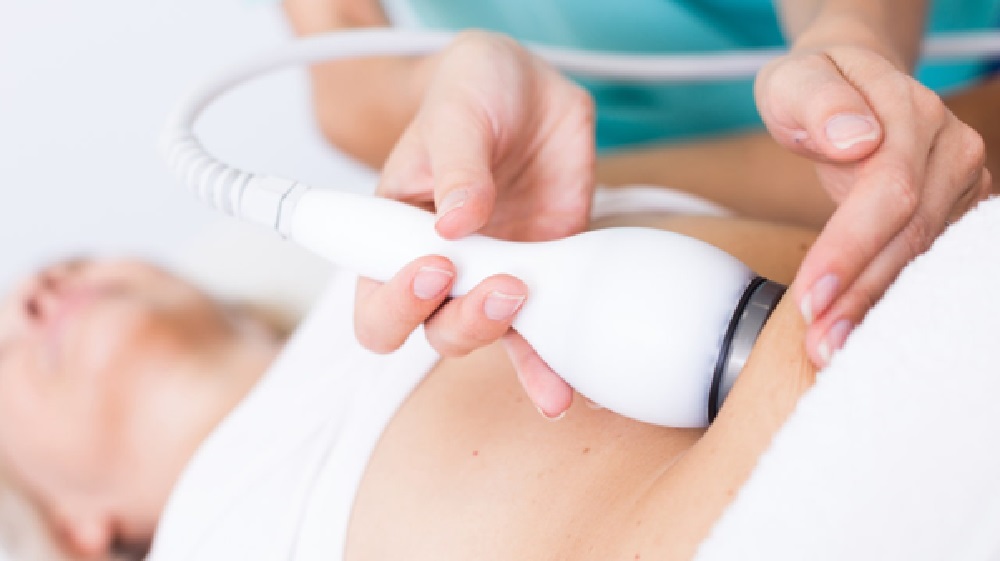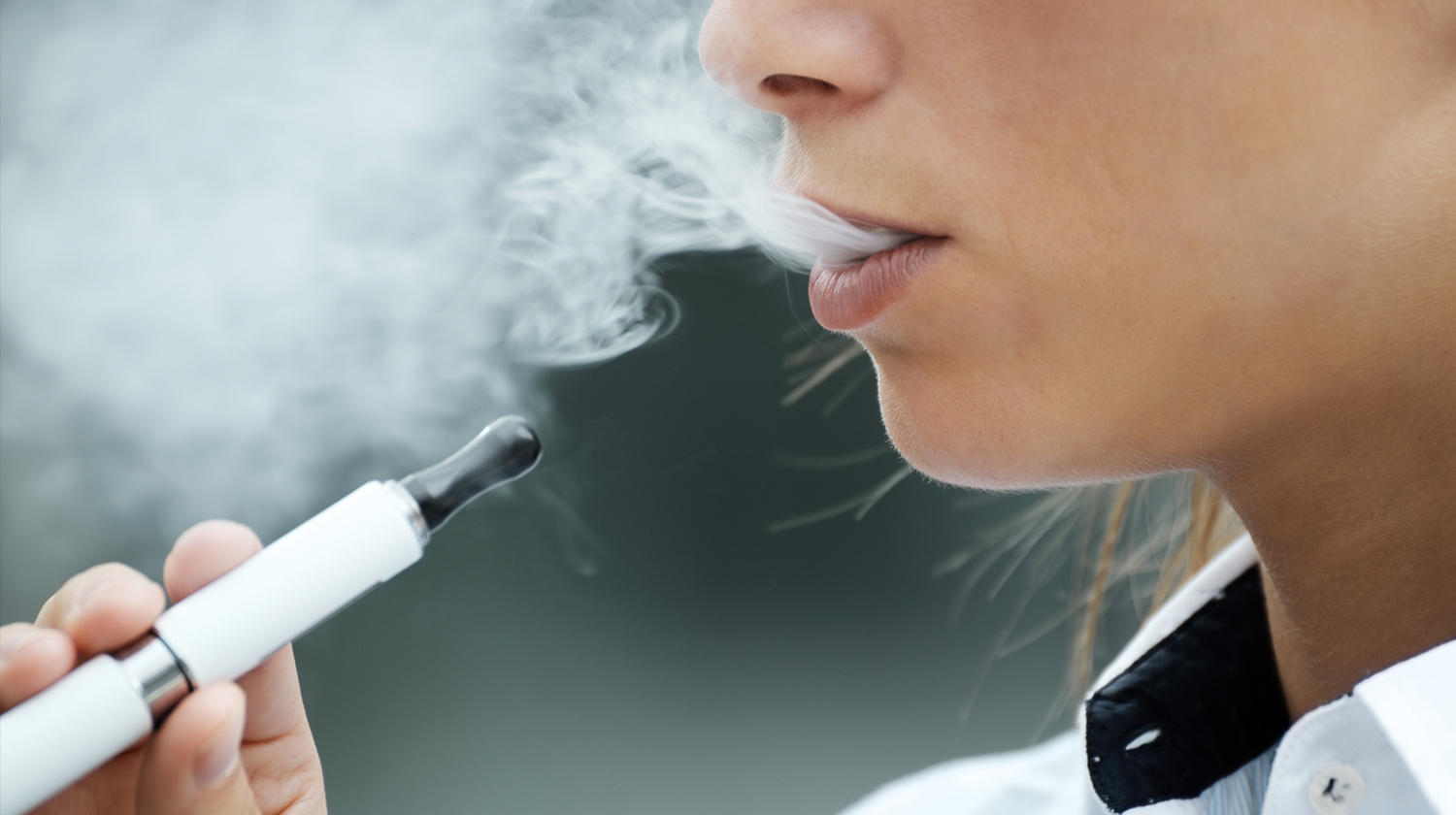A more contoured figure may be attained without surgery with the innovative CoolSculpting fat removal technique. Cryolipolysis is the technical term for this non-invasive fat-removal procedure that targets and freezes stubborn fat cells, gradually causing them to disappear from the body. Utilizing the fat cells’ varying sensitivity to cold, CoolSculpting provides a secure and efficient method of sculpting body parts, including the thighs, love handles, and belly. Let’s explore the science and advantages of this novel process in more detail.
· Cryolipolysis:
The science underlying CoolSculpting, called cryolipolysis, uses low temperatures to only target and kill fat cells, sparing surrounding tissues. Compared to other cell types, fat cells are more vulnerable to cold. So, how does CoolSculpting work? A specialized applicator is applied to the targeted skin region during a CoolSculpting procedure. The skin and other tissues are unaffected since this applicator uses controlled refrigeration to freeze the fat cells below. Apoptosis, also known as programmed cell death, is the process that fat cells undergo when subjected to low temperatures. The CoolSculpting device’s chilling process starts this process. The crystallized fat cells dissolve over time, metabolize gradually, and are eventually expelled from the body by standard mechanisms. After CoolSculpting, the body’s lymphatic system gradually removes the damaged fat cells over several weeks to months. This reduces fat volume in the treated area, leading to a more contoured and sculpted appearance.
· Application:
During a CoolSculpting session, the application procedure involves several crucial procedures to guarantee patient comfort and efficient fat removal. A skilled CoolSculpting specialist would usually discuss with you before starting the therapy. During this session, the physician evaluates the patient’s areas of concern and goes over their body contouring objectives. The consultation is used to create a customized treatment plan. This plan specifies the regions that must be addressed and calculates the quantity of CoolSculpting applicators required in each location. The targeted region is prepped and designated before the operation starts. An applicator or gel pad protects the skin and provides enough suction and cooling. Next, place the applicator of the CoolSculpting device over the treatment region. The applicator sucks in skin tissue and fat into a cup-like device that delivers controlled cooling to the underlying fat cells.
· Natural Elimination:
The natural removal of fat cells following CoolSculpting happens gradually over a few weeks to months. The targeted fat cells experience apoptosis after the CoolSculpting procedure, a natural cell death process brought on by the regulated chilling. The fat cells crystallize and disintegrate due to this process, sparing the surrounding tissues. The immune system reacts to the treated region throughout the days that follow therapy. The injured fat cells are engulfed by inflammatory cells, degrading them. The lipids inside the broken-down fat cells are released into the circulation as the inflammatory reaction fades. The liver breaks down these lipids, progressively eliminating them from the body via the lymphatic system. As the metabolization and clearance process continues, patients typically notice a gradual reduction in fat volume and improved body contouring in the treated areas. This reduction becomes more noticeable over several weeks.
Conclusion
CoolSculpting offers a non-surgical substitute for surgical methods like liposuction, with a more progressive and natural-looking outcome.







